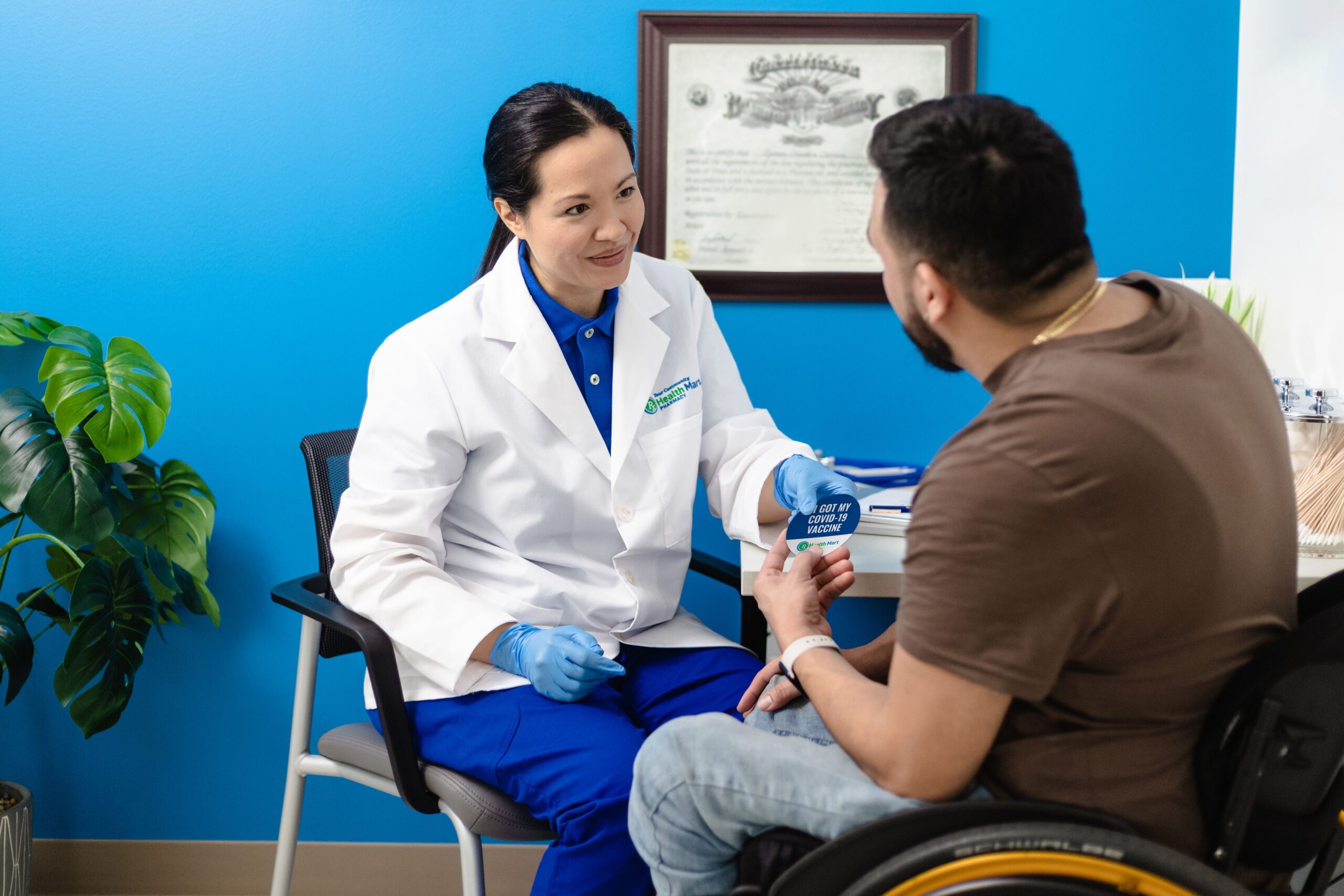- Needles, Syringes and Sharps Safety
Safe injection practices and needlestick protocol
An integral part of any infection prevention program and help reduce the risk of bloodborne pathogen transmission


The importance of sharps safety
The CDC estimates that each year, hospital-based healthcare personnel sustain 385,000 needlesticks and other sharps-related injuries.1
A lack of safe injection practices and needlestick protocols puts patients and healthcare providers at risk to transmit bloodborne pathogens, including hepatitis B virus (HBV), hepatitis C virus (HCV) and human immunodeficiency virus (HIV). Healthcare professionals must carefully follow the manufacturer’s instructions for use for single-use and disposable injection devices to prevent the potential transmission of bloodborne pathogens.
Chances of Infection from a Contaminated Sharps Injury
1 in 5
for Hepatitis B
(if unvaccinated)
1 in 50
for Hepatitis C
1 in 300
for HIV
OSHA Regulations
Osha regulations require healthcare facilities to implement an exposure control plan for the following items:
Engineering and work practice controls
Providing staff with appropriate PPE and equipment
Regular training
Surveillance
Employee vaccinations for hepatitis B
Bloodborne pathogen standards
Annual review of new sharps technologies

Principles of safe injection practices
Unsafe injection practices can happen in a number of different settings, including home care and infusion settings. Principles of safe injection practices include:
- Use proper hand hygiene immediately before preparing and administering medications
- Use an aseptic technique in a clean area for injection preparation
- Use a new needle for each patient
- Disinfect the vial top before each use
- Use a new needle and a new syringe each time you enter a medication vial, even if the patient receives multiple doses
- Dedicate single-use medication vials, ampules and bags/bottles of IV solutions
- Provide each patient with their administration tubing and connectors
- Dispose of contaminated sharps in a marked sharps container per federal regulations
Featured Products
Needles and syringes
Safety blood collection sets

Our clinical resource team is here to help
Whether you have questions about infection prevention best practices or you need product recommendations, reach out to our dedicated clinical team for support.
1: https://www.cdc.gov/sharpssafety/pdf/brochure.pdf
Be advised that information contained herein is intended to serve as a useful reference for informational purposes only and is not complete clinical information. This information is intended for use only by competent healthcare professionals exercising judgment in providing care. McKesson cannot be held responsible for the continued currency of or for any errors or omissions in the information.
The product information contained in this document, including the product images and additional product materials, was collected from various supplier sources. All product claims and specifications are those of the product suppliers and have not been independently verified by McKesson Medical-Surgical or its affiliates (“McKesson”). McKesson is not responsible for errors or omissions in the product information. The properties of a product may change or be inaccurate following the posting or printing of the product information in the document, either in the print or online version. Caution should be exercised when using or purchasing any products from McKesson’s online or print documents by closely examining the product packaging and the labeling prior to use. Due to product changes, information listed in this document is subject to change without notice. This information is placed solely for your convenience in ordering and McKesson disclaims all responsibility for its completeness and accuracy, whether or not the inaccuracy or incompleteness is due to fault or error by McKesson.
©2024 McKesson Medical-Surgical Inc. All trademarks and registered trademarks are the property of their respective owners.












